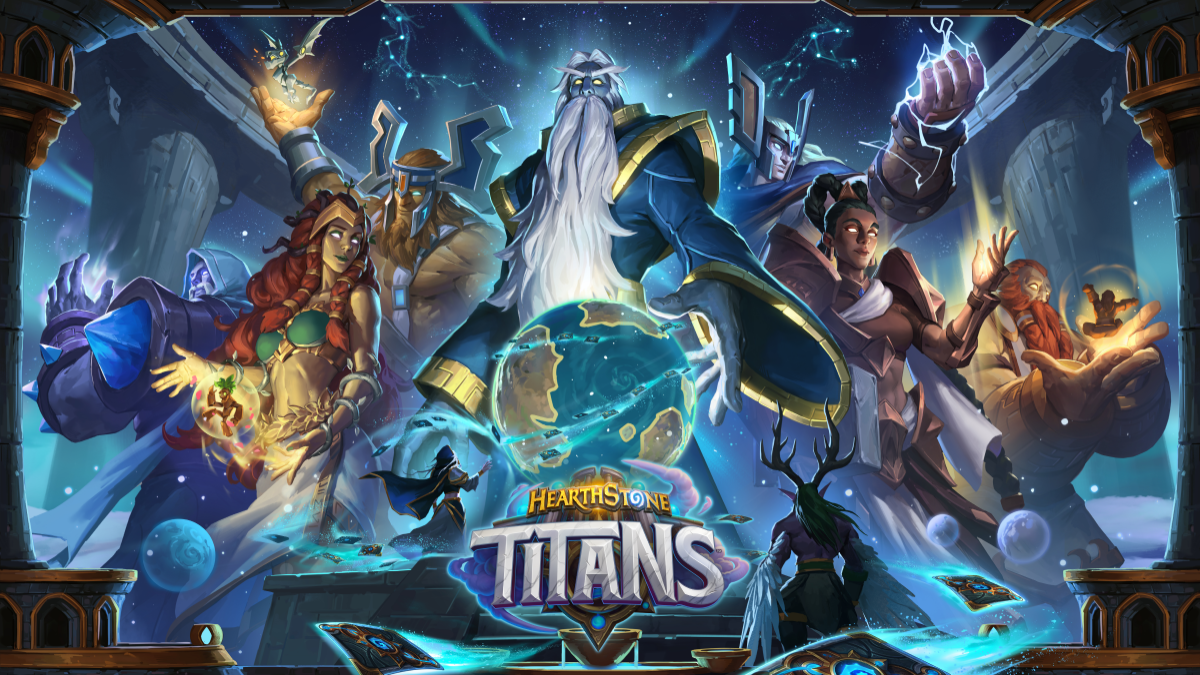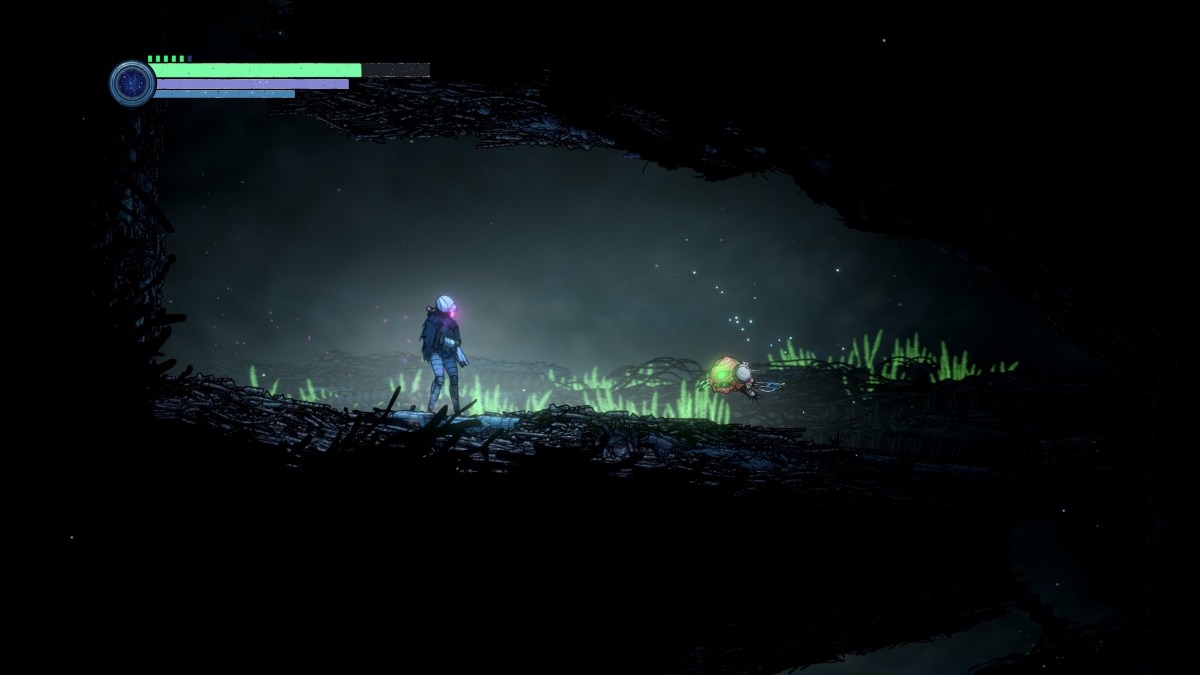Sports games are a difficult beast to get right. On the one side you’ve got the hardened fans of the sport, the people that won’t accept anything less than a pitch perfect recreation of every nuance, tactic and system. Leave something out, get it wrong or not get it right enough and they’ll scream in the forums and on comment threads until the house falls down (or least until the five people listening have gotten bored).
Then you’ve got the other side, the more “casual” crowd. These guys make up the bulk of your audience, so you need to appeal to them. However, they don’t really care about having everything perfect, they want something that simply feels enough like the sport in question to provide them with a good time. In fact, too much realism can put them off.
So, how do you balance the two and how do you decide which features to add that will satisfy them both?
We talk to F1 2012 game director Paul Jeal about exactly that…
IncGamers: Formula 1 changes every year, and the fans of the F1 games are constantly asking for new features, how do you decide what to include with each yearly release?
Paul Jeal: We have a lot of features that we’d like to put in, but we have to narrow it down each year. People always say ‘F1 2010 had this and this, how are you going to move that along for F1 2011 and F1 2012?’
It’s difficult to determine which ideas make the cut, but it’s not for lack of ideas from our side; we’ve got enough for the next 20 games. This time around we really concentrated on the players and, for example, why some of them bought F1 2010 but didn’t but F1 2011. A lot of F1 2012 is made up of ideas that we already had on the board, but we pulled them in from different categories based on that player research.
One of the things in F1 2011 was that we assumed too much player knowledge about things like KERS and DRS. Literally, it was like thinking everyone could already swim and just pushing them into the pool. That’s why we’ve included the young driver’s test at the start of the game; we already thought about including a pre-season test but not necessarily in the form of a tutorial mode.
Another thing we learned was that people loved the games, but it wasn’t a game that sat in their consoles for long. Generally, it’s a game that only really came out at weekends when they had a couple of hours to concentrate on it. We realised we were light in ‘snack size’ game modes, which we’ve tried to address in F1 2012.
IG: Easier to play but not dumbed down… a lot of developers claim to achieve that, how do you go about it?
PJ: You’ve definitely got two distinct audiences. The majority of players play on the pad and from various angles, so you have to cater to them. But trying to convince people who play with a wheel and exclusively play from cockpit view that they’re the minority is not easy because they’re the only ones on the forums and they only interact with others like themselves.
That’s another way that we pick our features – making sure that we’ve got elements that appeal to both sets of fans. We’ve got things like adjustable break bias and localised weather that will really add depth and appeal to the hardcore side, and then we’ve got Proving Grounds mode and the like for the causal guys.
Making it easier to play was a big thing. In the past we’ve worked hard on perfecting the wheel, but we knew that we had to improve the pad handling this time around. It’ll be immediately obvious to anyone that played F1 2011 on a pad that it’s much better this time. Personally I can be consistent to within a second per lap with the pad, which I simply couldn’t have been before.
IG: The localised weather system sounds like a pretty big deal, was that the most challenging of the new features to get right?
PJ: Actually, that wasn’t supposed to be part of the game this year. On a tangent… if there’s something we think is cool but is going to take a long time to do then we send it to our R&D group. In terms of the localised weather they took it up to about 80 per cent completion at the time we were cutting off our feature list. When we looked at what they’d done we decided we had to have it this year, and when you’ve got guys that are really in tune with what they’re doing they can get it done.
The weather is hugely complicated to get right, but from our point of view we didn’t want to leave any stone unturned. We looked down the list and decided we wanted to see what it would be like to race on a track that only had rain on a single corner.
IG: The teams in real-life are constantly talking to their drivers. How do you give the player info on what the weather could do in the next 10 minutes and other important info?
PJ: We had a little of that in F1 2011 – it was triggered based on what the weather was actually doing, with a bit of a random element thrown in. One of the things that forum users have been asking for is a system that allows them to download the same weather as was experienced in that race in real-life. Yeah, that would be cool but then we realised that players would know it would rain on lap 38 and prepare for it with their pit stops so that they could time tyre changes perfectly.
It wouldn’t really work.
We listen to a lot of radio engineer chatter to get the language correct and make sure it sounds realistic. The engineer will warn you about upcoming (possible) changes in weather, but we’ve added loads more random elements this year. Last year the weather was good, but it would generally be dry then wet, or wet then dry.
Now we can change what the weather does every five minutes so you can expect it to do a lot more different things to keep you focused and force you to stay aware of everything.
IG: Tyre wear is obviously a big deal in Formula 1. You’ve said that you’re trying to make the game as realistic as possible when it comes to how hard each team is on their tyres, can you affect that through car/team upgrades?
PJ: Absolutely. We think that part of the game has a lot of scope for new features and we’ve only just scratched the surface. Via the media the team come back to you with post race analysis that could tell you that the car is really hard on the tyres. Then you can use that info to tinker around with the upgrades however you want.
We want you to know which parts of the car can do with an upgrade and which parts are performing well. It’s not going to be immediately obvious to people that don’t watch F1 which areas need upgrades to sort out a specific problem, so the media angle is useful for them.
What we really wanted to do was get across the style and performance of each team. When you come up to overtake, for example, we didn’t simply want you to be thinking about whether you go for the overtake or leave it for a pit stop move. If you’re coming up against a Mercedes and you know its tyres are two laps older than yours, you might decide to dial back a bit and sit behind them until they reach that point when the tyres give up on them.









Published: Aug 30, 2012 10:19 am